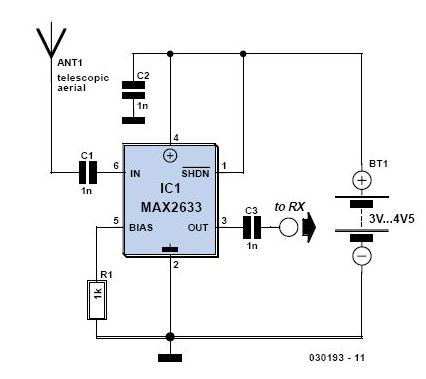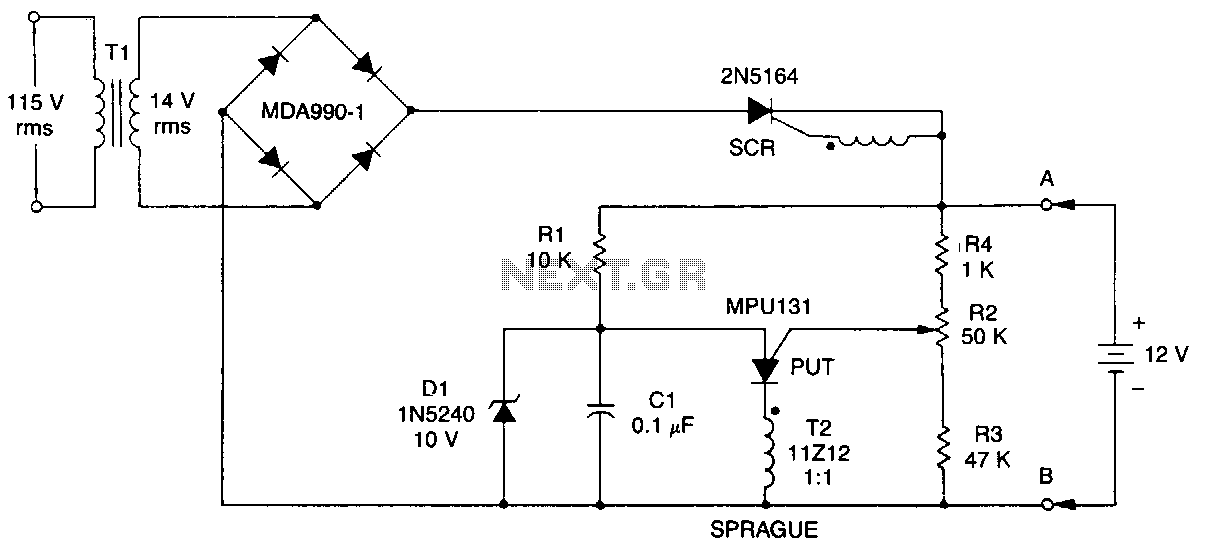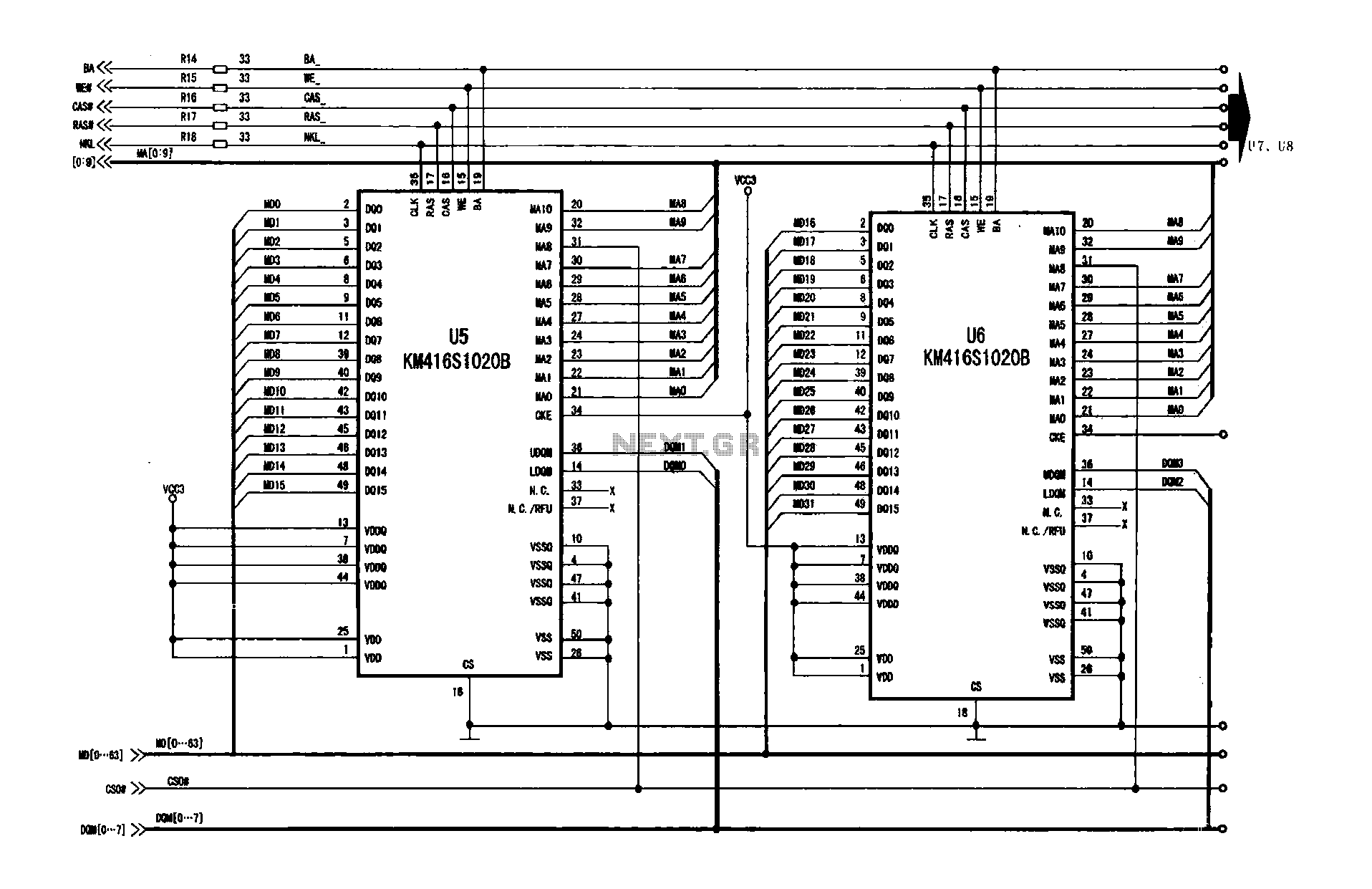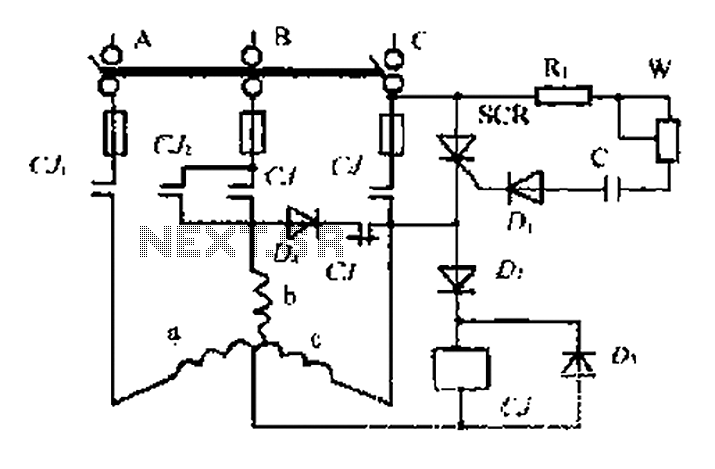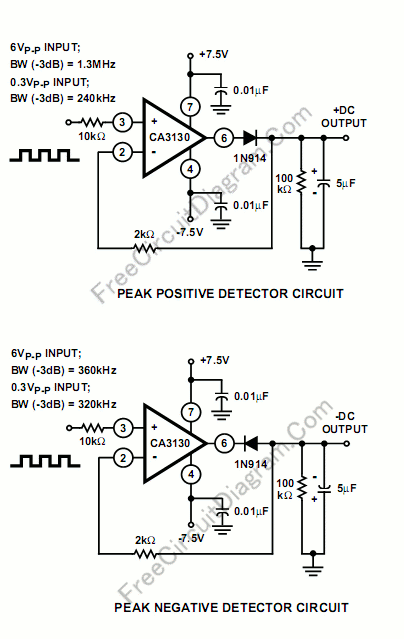
Efficient nickel-cadmium battery charger IC LTC1148 circuit
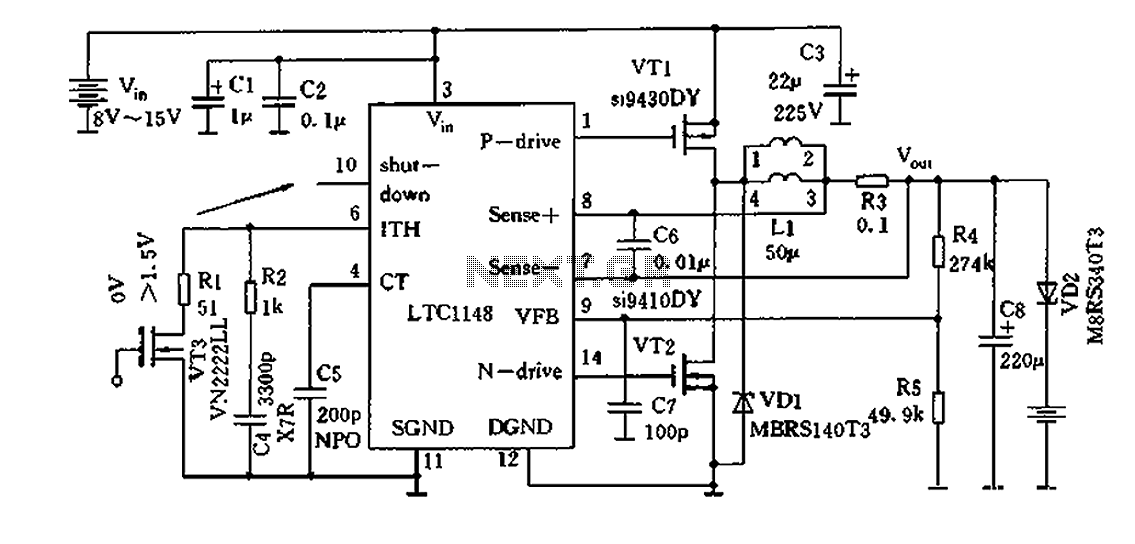
Efficient nickel-cadmium battery charger IC (LTC1148) circuit
The LTC1148 is an integrated circuit designed for the efficient charging of nickel-cadmium (NiCd) batteries. This charger IC features a constant current/constant voltage (CC/CV) charging method, which is essential for optimizing the charging process while extending the lifespan of the battery. The LTC1148 operates with a wide input voltage range, allowing it to be powered from various sources, including wall adapters and solar panels.
The circuit typically includes several key components: the LTC1148 IC itself, external resistors for setting the charging current, and capacitors for stability and filtering. The charging current can be adjusted by selecting appropriate resistor values, which directly influences the charging rate of the connected NiCd batteries. Additionally, the IC incorporates thermal regulation features to prevent overheating during the charging process.
The output voltage of the LTC1148 is regulated to ensure that the batteries are charged to their optimal voltage level, preventing overcharging that can lead to battery damage. The circuit design also includes protection mechanisms, such as reverse polarity protection and short-circuit protection, enhancing the reliability of the charger.
In summary, the LTC1148 nickel-cadmium battery charger circuit is designed for efficient battery management, providing a reliable solution for charging NiCd batteries while ensuring safety and longevity. The combination of CC/CV charging, adjustable current settings, and built-in protections makes it suitable for various applications where NiCd batteries are utilized.Efficient nickel-cadmium battery charger IC (LTC1148) circuit
The LTC1148 is an integrated circuit designed for the efficient charging of nickel-cadmium (NiCd) batteries. This charger IC features a constant current/constant voltage (CC/CV) charging method, which is essential for optimizing the charging process while extending the lifespan of the battery. The LTC1148 operates with a wide input voltage range, allowing it to be powered from various sources, including wall adapters and solar panels.
The circuit typically includes several key components: the LTC1148 IC itself, external resistors for setting the charging current, and capacitors for stability and filtering. The charging current can be adjusted by selecting appropriate resistor values, which directly influences the charging rate of the connected NiCd batteries. Additionally, the IC incorporates thermal regulation features to prevent overheating during the charging process.
The output voltage of the LTC1148 is regulated to ensure that the batteries are charged to their optimal voltage level, preventing overcharging that can lead to battery damage. The circuit design also includes protection mechanisms, such as reverse polarity protection and short-circuit protection, enhancing the reliability of the charger.
In summary, the LTC1148 nickel-cadmium battery charger circuit is designed for efficient battery management, providing a reliable solution for charging NiCd batteries while ensuring safety and longevity. The combination of CC/CV charging, adjustable current settings, and built-in protections makes it suitable for various applications where NiCd batteries are utilized.Efficient nickel-cadmium battery charger IC (LTC1148) circuit
